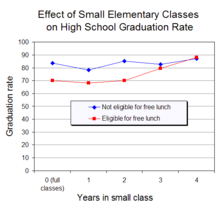Have you ever been in the middle of delivering a great lesson that’s full of important information only to look out and realize none of your students are taking notes? It’s not surprising—many kids these days expect handouts or other materials they can refer back to later. But taking notes is actually a pretty important skill for kids to learn. Here’s why, along with some note-taking strategies they should try.
Why are good note-taking strategies important?
Study after study has shown the importance of actively taking notes rather than passively reading a handout later on. The act of writing engages different parts of the brain, forging new pathways that help students retain information in long-term memory.
What’s more, the studies show that the more detailed the notes, the better. And using different note-taking strategies helps too. In some cases, a general outline can be effective. But when you want students

 Shelley Moore is a journalist and award-successful quick-story writer. I had a cousin who was the youngest of 15 children. She needed to increase herself as her dad and mom and older siblings didn’t want to be bothered along with her. I needed to educate her learn how to read and my dad and mom had to buy her garments and provides her books. She additionally was feral and toiugh and rough across the edges. She all the time wished to struggle someone.
Shelley Moore is a journalist and award-successful quick-story writer. I had a cousin who was the youngest of 15 children. She needed to increase herself as her dad and mom and older siblings didn’t want to be bothered along with her. I needed to educate her learn how to read and my dad and mom had to buy her garments and provides her books. She additionally was feral and toiugh and rough across the edges. She all the time wished to struggle someone.